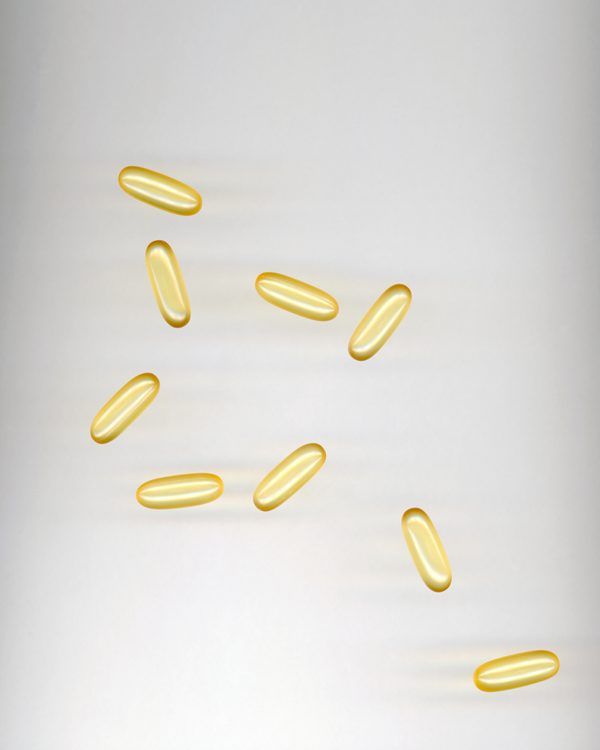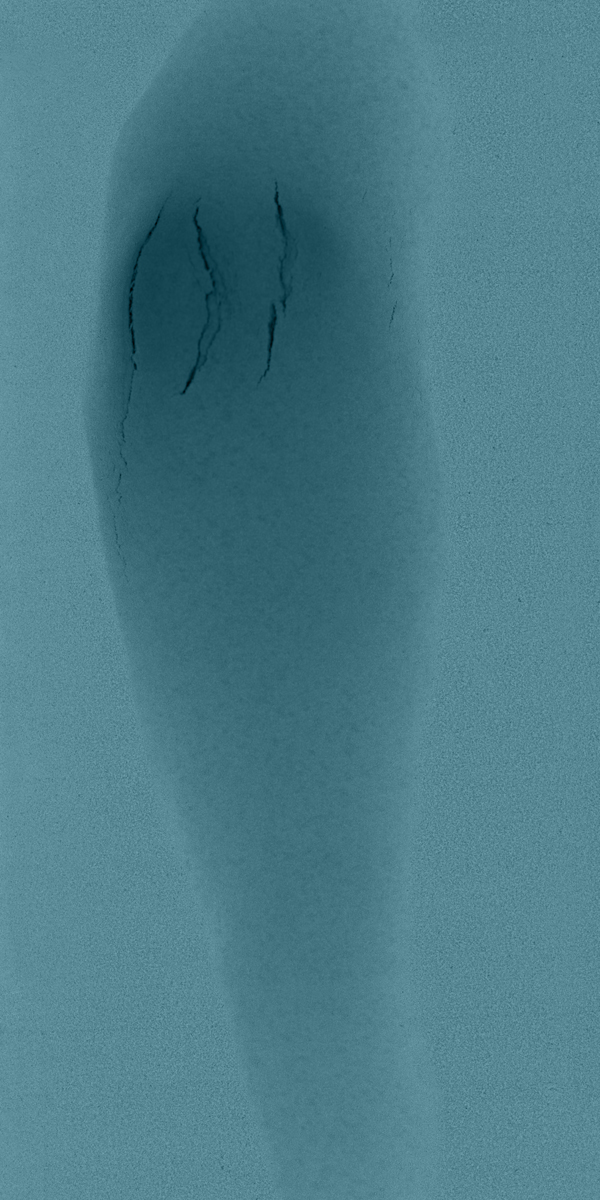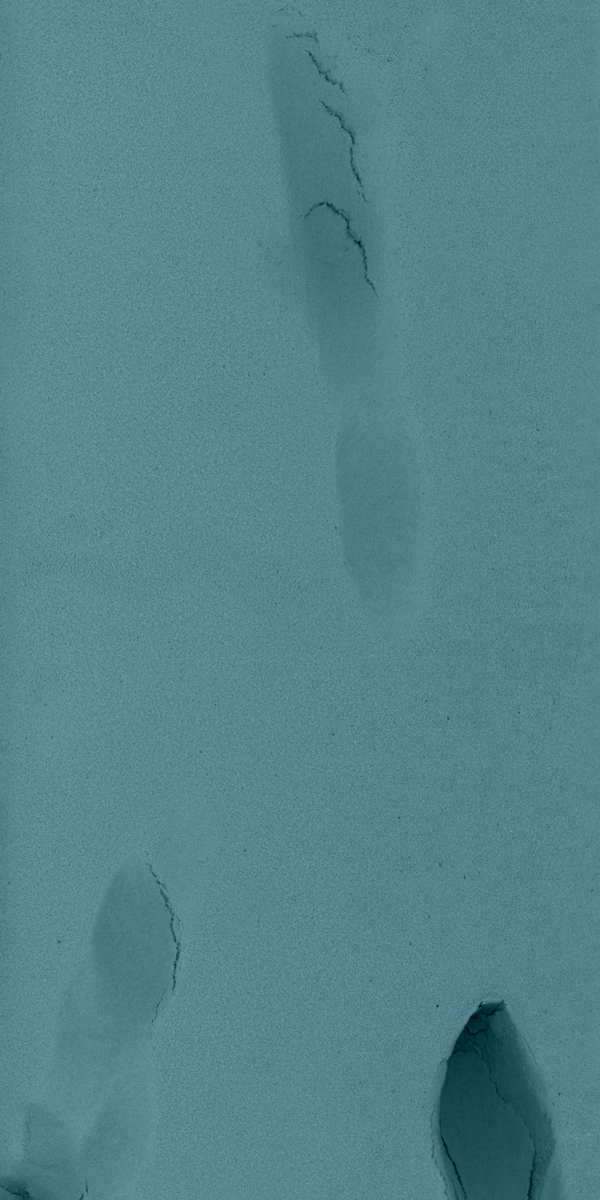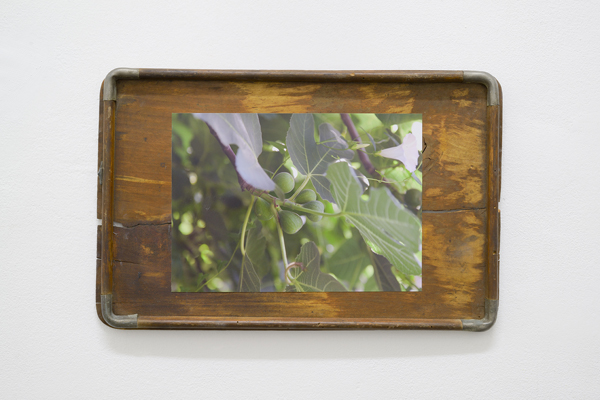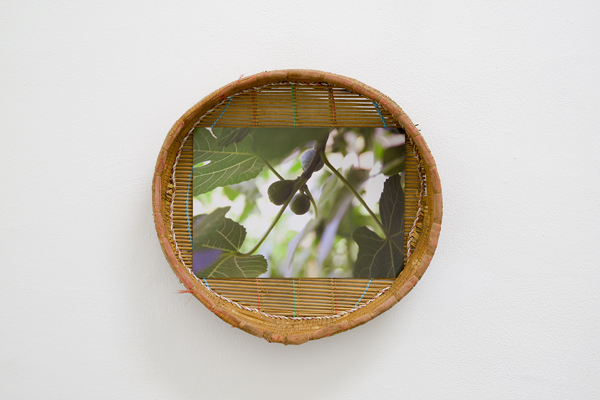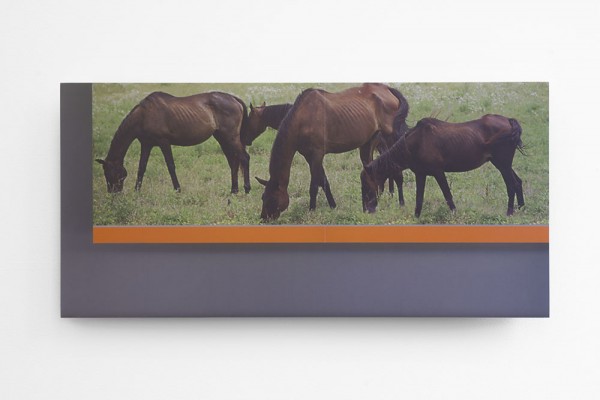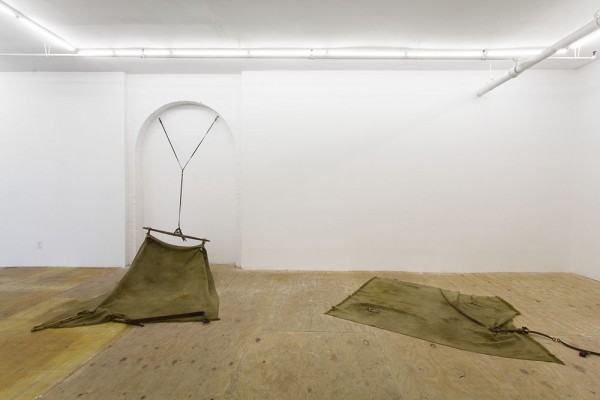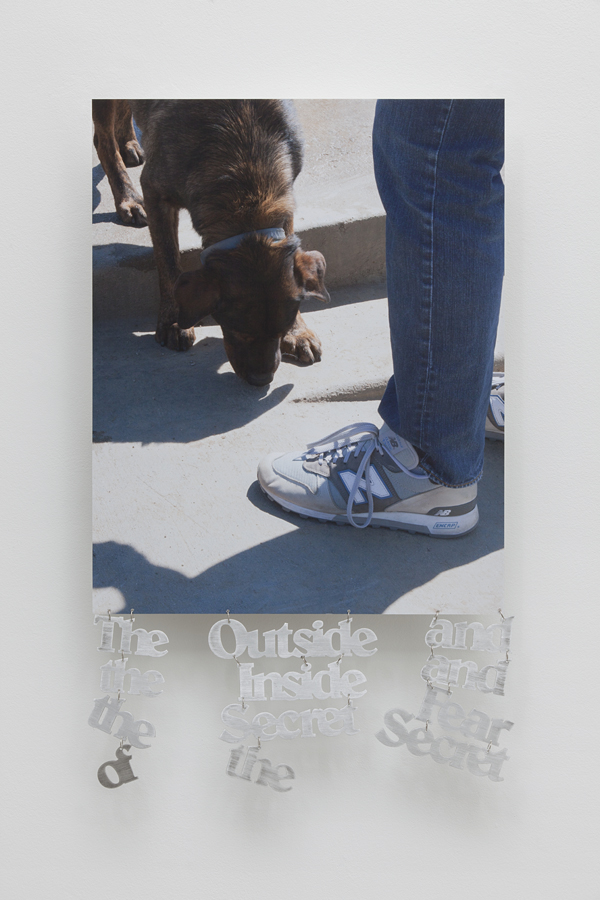Lafayette Anticipation associate curator Anna Colin talks to artist Tyler Coburn about Ergonomic Futures, a speculative project engaged with art, design, science, anthropology and writing. In this interview, Coburn discusses the research, production process and network of collaborators of a multilayered project ultimately concerned with the futures of humankind. Anna Colin: When one comes across your museum seats Ergonomic Futures (2016—) in contemporary art exhibitions—and soon in natural history, fine art, and anthropology museums—they look… [read more »]
Dena Yago | Art in the Anthropocene
Most known for her work as a founding member of the trend forecasting group K-Hole, poet and artist Dena Yago has over the past five years produced a cycle of meditations on the city and its destabilizing effects on communities and landscapes. Her work engages with the infertility of the urban sphere, and the paradoxical attraction it has over different species. In New York, ducks no longer migrate south for the winter, making Central Park pond their permanent home.
From her first solo show, ESPRIT at Tomorrow Gallery, to You and You’re People in Sao Paulo, her evolution from a jeune fille to an artist deeply committed to her community is evident. For Yago, artist communities are unsupported in the urban environment, and in her work she explores the affinity between this predicament and that of animals, who likewise cohabitate an unsupportive urban terrain.
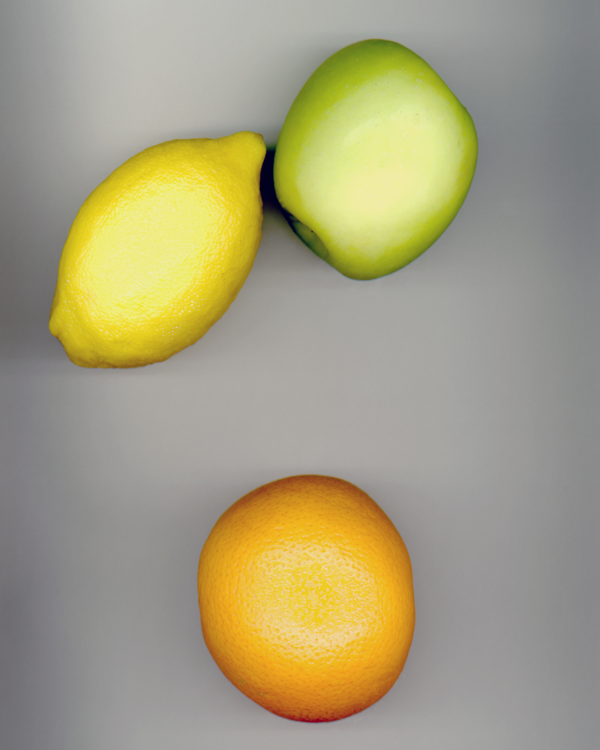
Dena Yago, Meyer Lemon, Granny Smith Apple, Navel Orange, 2011, Digital C Print mounted on aluminum, 16×20
After completing her undergraduate degree from Columbia University, Yago worked in the IT department at a downtown law firm, where for the next year and a half she limited her artistic output to the written word. Much of the work from this period was an attempt to reconcile a lifestyle inflected by corporate expectations while confronting the performativity of personal choices regarding health, food, and clothing.
“At that time when thinking about making an image or a sculpture I would ultimately become very disappointed, because of the richness and multi-valence of language. Poetry and writing had become a way I could draw out landscapes and relationships between objects.”
In preparing for ESPRIT, a launch for her poem by the same name, Yago would rediscover the visual counterpart to her practice. “ESPRIT,” she explains, “was an attempt to balance a poetic meditation on objects and a more objective meditation on poetry.”
In a slightly contradictory tone to the dulled ambivalences of optimism and resignation in ESPRIT the poem, the visual component of the exhibition are bright, clinical images made from digital scans of objects relating to the text, from fruit to fish oil.
“The way to hell or paradise
modal variation
I’ve gone too fast and feel
a wave of loneliness in this these waters”
For her sophomore solo show, A Car Ride Driven Topless, Yago maintained a textual component as the driver of the exhibition, but allowed the visual component of her practice to take center stage. The poem, which like ESPRIT, is the exhibition’s namesake, was framed and hung out of sight in the gallery office.
The works from the exhibition are portraits of various forms of ‘impressions. In one instance the voids left by entangled bodies are documented in slabs of medical impression foam, which are then scanned and printed, creating a visual fossil of intimacy that dialogues easily with Bruce Nauman’s ‘Wax Impressions of the Knees of Five Famous Artists’.
A Car Ride Driven Topless marks the introduction of a metaphysical ‘transcription’ where Yago begins to disassemble the nucleotides of the intimate and personal, and to reassemble them into unexpected formations––ones that destabilize the status quo as they expand out into the city.
“In my work I try to take the personal and see how it is indicative of a larger environmental situation.”
The title of the poem, a stanza in itself, illustrates this expansion from the personal to the urban:
“A car ride driven topless taken alone
Reminds major city thoroughfares of their
Contracting hopes as they pass, to carry the
Breasts of the drive.”
In Urbanities, a group show at James Fuentes Gallery, black and white gelatin silver prints taken at the painter Dan Colen’s farm in upstate New York depict what could be a photograph from the distant agrarian past. In reality it is an image of the agrarian only accessible via the capital success (or total rejection of it) of a city dwelling artist.
When asked about the relationship between her research to the autonomy of the artist and journeymen artists such as Gauguin, Yago shifts the context to a more fundamental concern about the survivability and sustainability of an artistic career on the infertile ground of the urban.
“‘Farming in Europe’[a play co-written with Calla Henkel, Max Pitegoff, and Pablo Larios at New Theater, Berlin] is different from what Gauguin was working with. The play is focused on a small community of artists in a large city. It has more to do with the relationship between the urban and the rural, and what it means when elements of the pastoral are played out in the city. There’s less notion of, “back to the land” for primitivistic entertainment – it’s more about survivalism.
Yago’s 2014 show Heat Island, at Gasconade in Milan, demonstrated a new, heightened level of specificity and research.
The urban heat island (UHI) effect describes the increase in temperature of the ground that occurs when there is not enough natural ground cover to dissipate the heat from the sun, and energy is retained by sidewalks and roads, resulting in disruptions to the local ecology. For Heat Island, Yago chose to show images of fig trees, which now may survive with less difficulty in New York due to the increased temperatures resulting from radiant heat.
For her show at Eli Ping Frances Perkins Gallery, Distaff, Yago privileged for the first time sculptural material over image based or text based works. Distaff is a double entendre, meaning both a female horse race and the rod which holds wool before it has been spun into yarn. Wool blankets strewn across the gallery into tent-like forms are the connective tissue between the leather straps which retain them. The blankets have been provided by entrepreneur Denitsa Popova, whose company works with female labourers in Bulgaria who weave woolen goods, and then dyed in collaboration with Cara Piazza, a natural dyer and textile designer in New York.
“With Distaff I was focused on taking up a writing of the self. This whole show is sort of about craft and gendered craft. But also about different modes of contemporary labor that women are dealing with. With the horses, the pigeons, and the ducks it’s more a question of cohabitation, co-inhabitation of a city.”
For You and You’re People, which opened recently at Boatos Fine Art, in Sao Paulo, Yago shifts her attention from urban hegemony to domestic hegemony, depicting a cycle of work on the forces of love, ownership, and control. Photographs of dogs are displayed without frames on aluminum panels which are mounted an inch off the wall. When the exhibition is documented, a subtle shadow from the downlights will reveal the objecthood of the works.
In the gallery a dog chain languidly sections off the first bay of the room, forcing visitors to circumnavigate it, or to view the pictures from afar. In one image a dog stands on manicured grass: around its neck is an oversized pronged obedience collar. Hanging from it is the dogs red aluminium heart-shaped name tag – a small detail dense with the power dynamics of the domestic and the ethics of co-habitation.
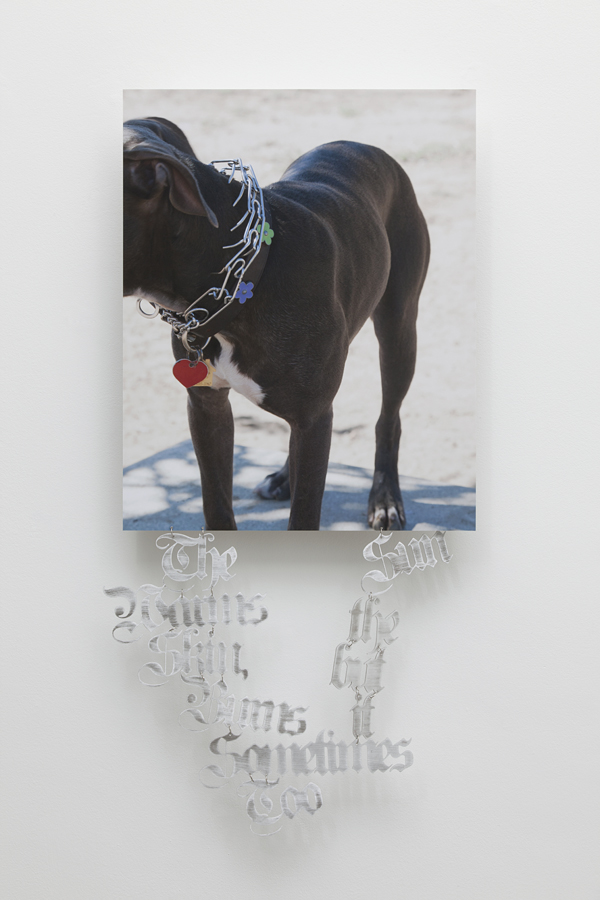
The Sun Warms the Skin, but Burns it Sometimes Too, 2014, Digital C-print mounted on aluminum, aluminum lettering

